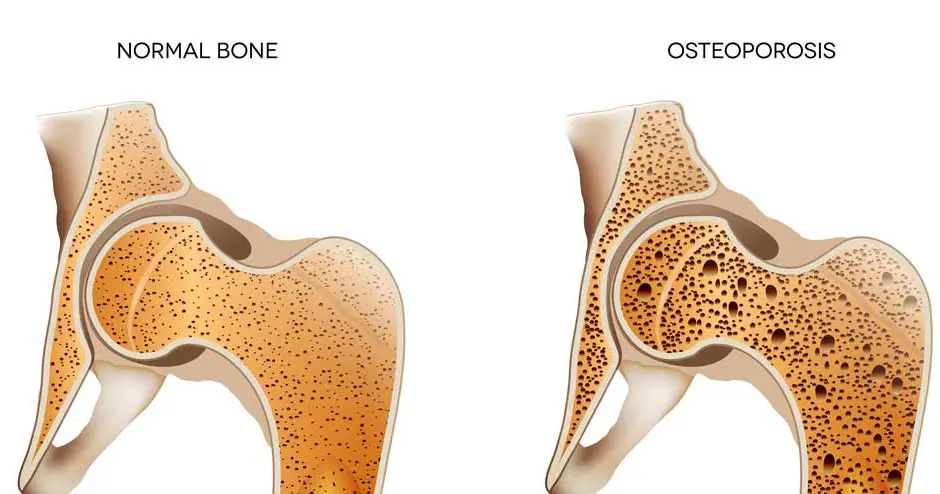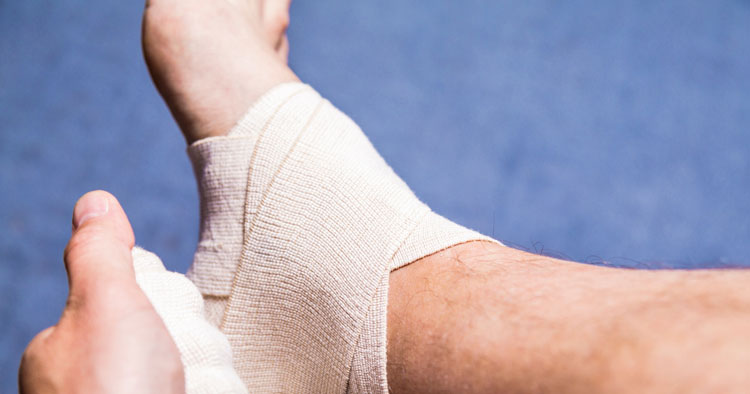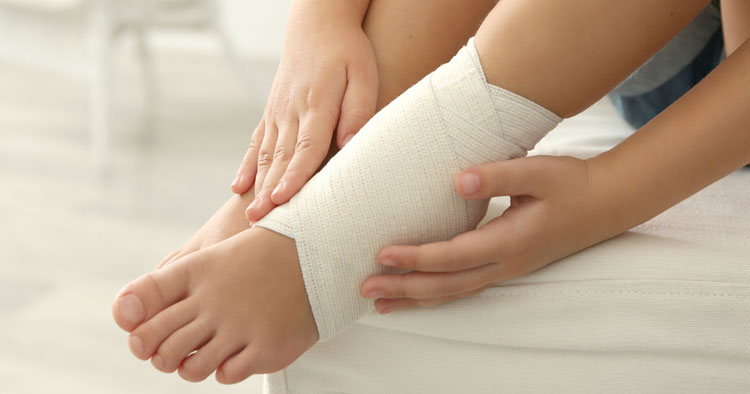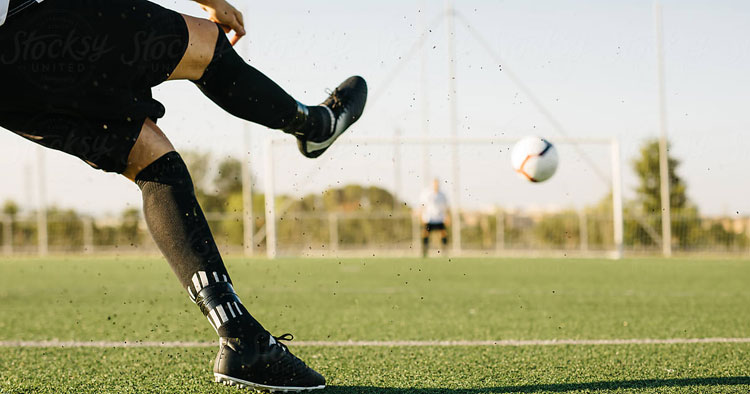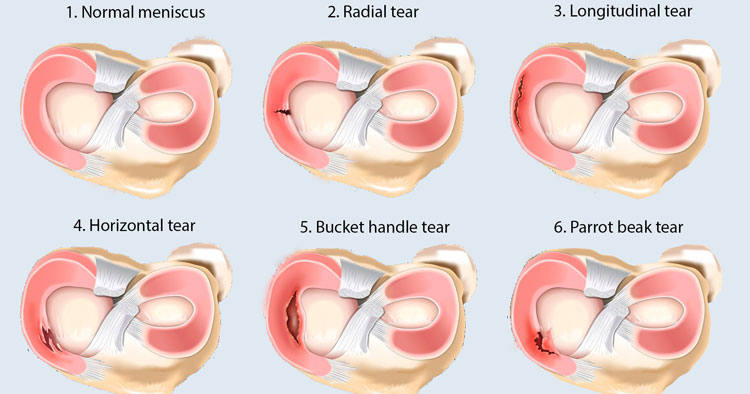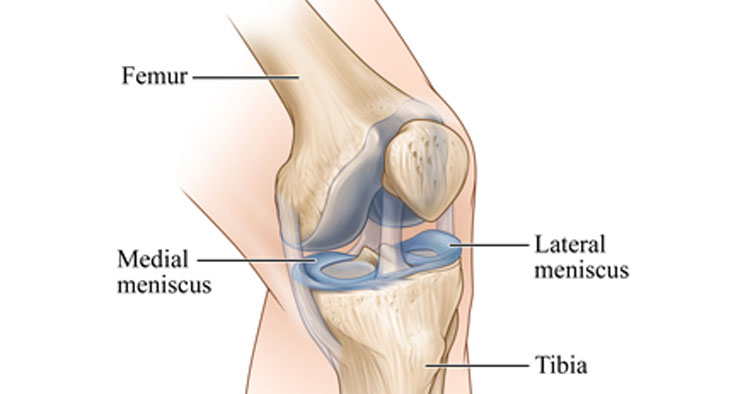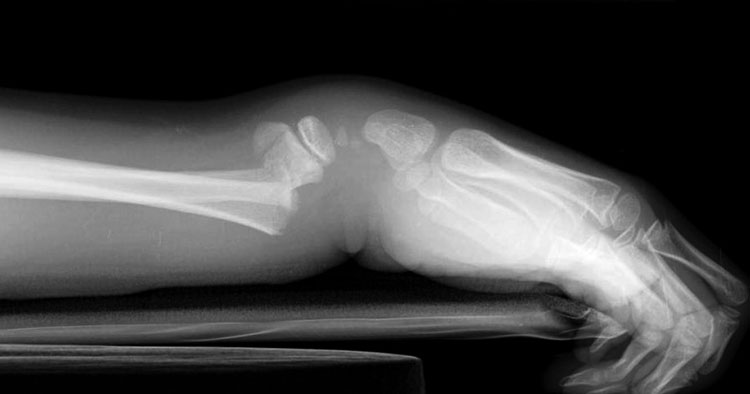Will I Get Osteoporosis? It is important to note that osteoporosis is a disease that can affect both men and women and is extremely prevalent with reports that somewhere over one million people in Australia have osteoporosis. Although women are at a greater risk of developing osteoporosis as a result of menopause and the associated… Read More >
Category Archives: Back and Joint Pain
Osteoporosis Verses Osteopenia, What’s The Difference? Osteoporosis is a common disease affecting the skeletal system making the bone brittle. Brittle bones as a result of osteoporosis leads to an increased risk of suffering a fracture when compared to the fracture risk of normal bone. According to ‘Osteoporosis Australia’ over one million people in living in… Read More >
Physiotherapists Are Skilled In The Diagnosis Of Musculoskeletal Injuries When treating a sprain or strain diagnosing exactly what you are dealing with can make a difference to both the management of the injury and subsequently any recovery time frames. Therefore assessing if you are dealing with a sprain to a joint, or a strain involving… Read More >
What Is The Difference Between A Sprain And A Strain? The terms sprain and strain are frequently used interchangeably to describe injuries to the soft tissues of the body. There is however medically a difference between a sprain and a strain. Knowing the difference can help you manage any injury appropriately. A sprain is an… Read More >
Osteitis Pubis As A Common Cause Of Chronic Groin Pain In Athletes Osteitis Pubis is a fairly common cause of chronic groin pain experienced across the football codes and running athletes. It is an overuse injury caused by repetitive stress rather than a specific trauma. Anatomically the pubic bone, is one of three bones that… Read More >
Factors Impacting Meniscal Tear Treatment Approaches When treating a torn meniscus the exact management approach taken depends heavily on several factors, including: The size, type and location of the tear suffered The age of the individual The individuals desired/required level of activity Any co-existing and related injuries As noted in a previous blog regarding the… Read More >
Traumatic Meniscal Tears There are several types of meniscus tear and these can vary in a number of variables including size, severity and tear pattern. The exact type of tear is often indicative for the recovery following injury and any necessity for surgical intervention, as well as the potential development of future degenerative symptoms in… Read More >
What Is The Typical Presentation Of A Meniscus Tear? Often an acutely torn meniscus can cause pain, swelling and stiffness of the knee. Including potentially causing a block or lock to full knee motion, or a limitation to full extension of, or bending of the knee. However the symptoms associated with meniscal tears may vary… Read More >
The Anatomy Of Your Knee Meniscus Your knee meniscus is a fibrocartilage structure that is commonly referred to by some as your “cartilage.” As often heard in sporting news reports “… has injured their knee and has been diagnosed as suffering a cartilage injury and we are hoping they will be able to return to… Read More >
Falls Onto An Outstretched Hand A Colles fracture draws its name from the Irish surgeon Dr Abraham Colles who first described the injury. A typical Colles fracture results in upward (posterior) displacement of the radius causing obvious and a fairly recognizable deformity. It is a common type of wrist fracture typically the result of a… Read More >



